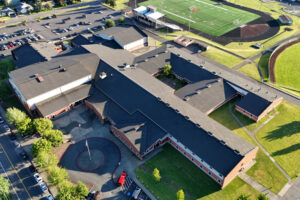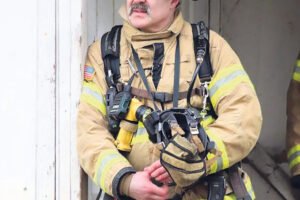The East County Fire and Rescue Board of Commissioners voted 3-2 to place a $1.275 million capital projects bond on the Nov. 5 General Election ballot.
After some discussion during its July 16 meeting, Jack Hoober, Gary Larson and Vic Rasmussen voted in favor of the resolution, while Martha Martin and Mike Berg voted against.
The 20-year capital projects bond would fund two new fire engines, one brush truck, new fire fighting and medical equipment, an emergency generator at Mount Norway Station 94, parking lot repair at Sunnyside Station 93 and a water well at Livingston Mountain Station 92.
A recent survey conducted by ECFR solicited comments and feedback from district residents about a potential bond measure. The survey was mailed during the week of July 1 to 3,500 households as part of the district’s newsletter. Citizens had the options of returning it to ECFR by July 12 or taking the survey on the district’s website.
A total of 66 people responded, according to Fire Chief Scott Koehler. Thir ty-eight (59.3 percent) supported a $1.275 million bond; 26 (40.6 percent) said they didn’t support a bond; and two said they were in favor of a $1.13 million bond.“Based on what we’ve heard back, I think there is support for this bond,” said Hoober. “I don’t see that much negative in the responses we’ve gotten so far.”



